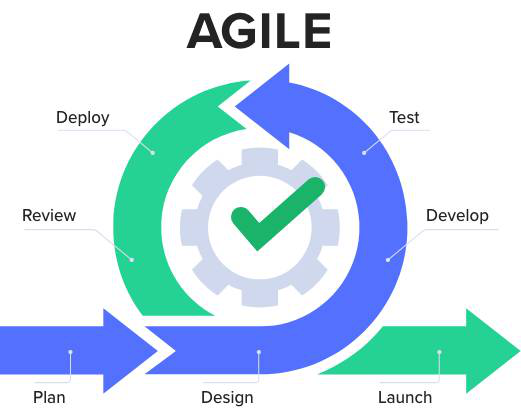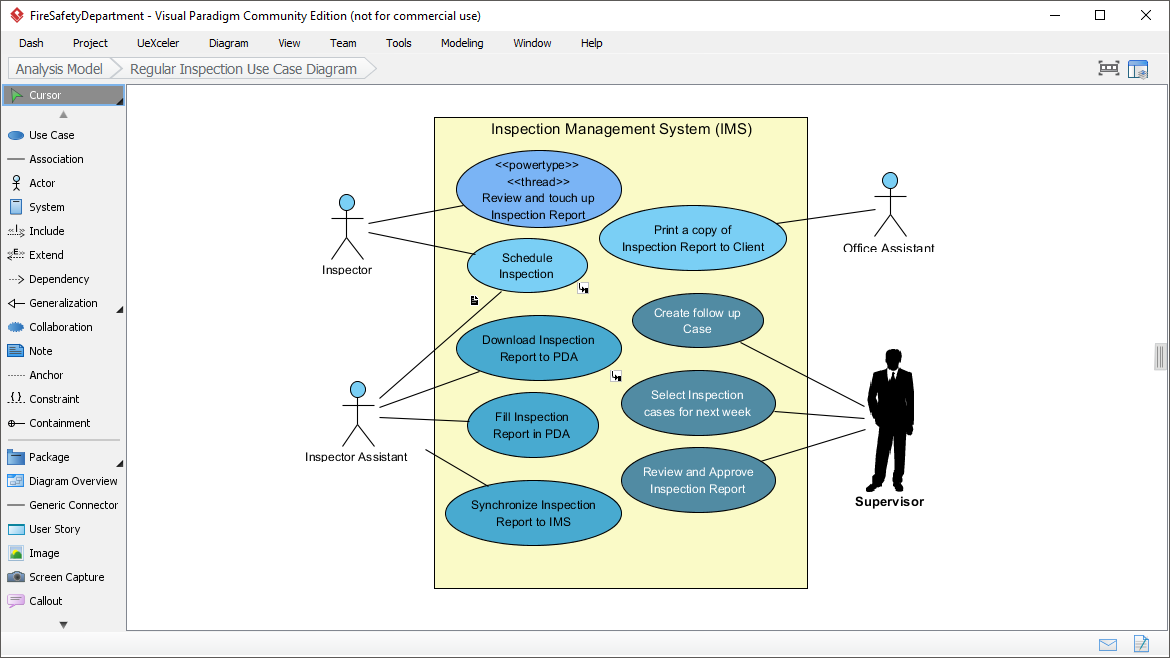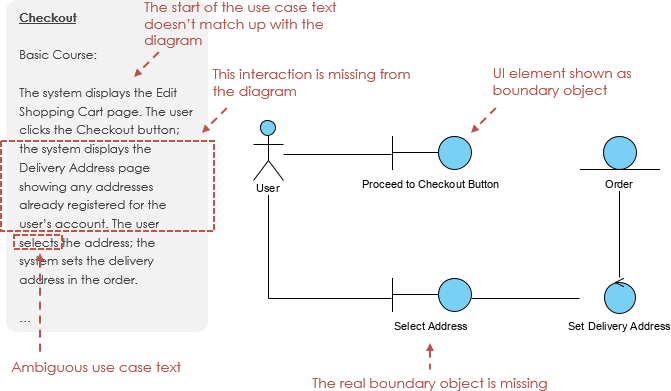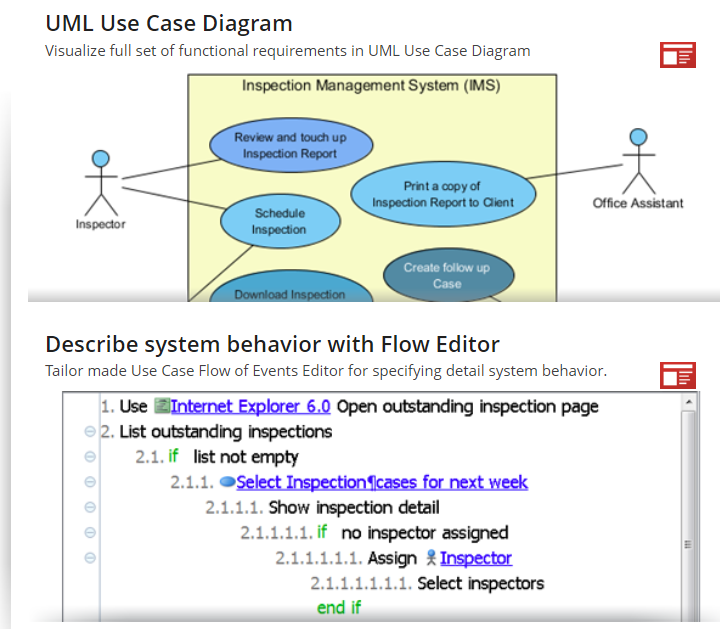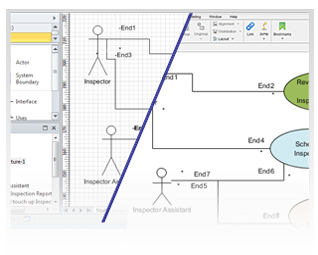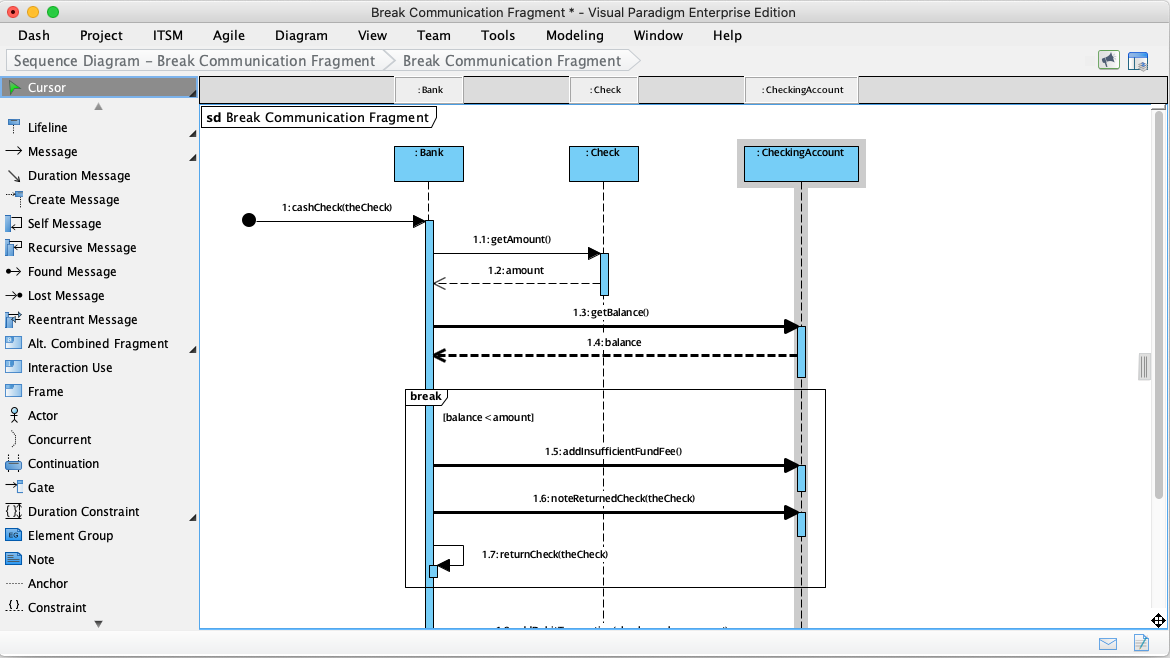Harmonizing Agility and Visual Clarity: UML Modeling in Agile Development
Introduction In the ever-evolving landscape of software development, the Agile methodology stands as a beacon of adaptability and collaboration. Meanwhile, Unified Modeling Language (UML) is often seen as a heavyweight relic of a bygone era. Can these seemingly disparate approaches find common ground? This article delves into the marriage of UML and Agile, exploring how visual modeling can enhance communication without compromising agility. UML in Agile UML and Agile may seem like an odd couple at first, but they can actually complement each other quite well. While Agile emphasizes flexibility, collaboration, and responding…continue reading →

